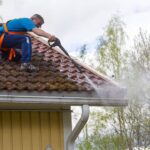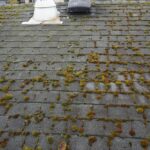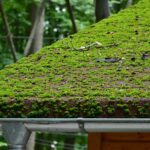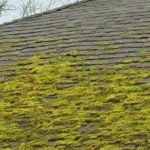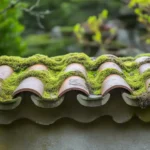As a homeowner, safeguarding your investment is paramount, and one vital aspect of this is ensuring your roof is in good condition. Inspecting old roofs is crucial for preventing potential issues that could lead to costly repairs. In this guide, we will explore essential tips for inspecting old roofs, helping you maintain the integrity of your home.

Understanding the Importance of Roof Inspections
Regular roof inspections are essential for detecting problems early. An old roof, in particular, requires more attention due to the wear and tear it undergoes over the years. By inspecting your roof regularly, you can identify issues such as leaks, damaged shingles, and structural weaknesses before they escalate.
Signs That Your Roof Needs Inspection
Visible Damage
Look for signs of visible damage such as missing or broken shingles, sagging areas, and debris accumulation. These are clear indicators that your roof needs immediate attention.
Water Stains
Inspect the interior of your home for water stains on the ceiling or walls. These stains often indicate a leak in the roof that requires prompt repair.
Age of the Roof
If your roof is over 20 years old, its time for a thorough inspection. Older roofs are more susceptible to damage and may require more frequent maintenance.
Essential Tools for Roof Inspection
Before beginning your roof inspection, gather the necessary tools. These include a sturdy ladder, binoculars, a flashlight, and safety gear. Ensuring your safety while inspecting the roof is crucial.
Step-by-Step Guide to Inspecting Old Roofs
1. Conduct a Visual Inspection
Start with a visual inspection from the ground using binoculars. Look for missing shingles, damaged flashing, and any signs of wear and tear.
2. Inspect the Attic
Check the attic for signs of water damage or leaks. Look for any light coming through the roof, as this indicates holes that need to be addressed.
3. Check the Roof Surface
Carefully climb onto the roof if its safe to do so. Inspect the shingles for cracks, curls, or any other damage. Pay attention to the flashing around chimneys and vents.
Common Issues Found in Old Roofs
Old roofs often face issues such as shingle deterioration, leaks, and poor ventilation. Understanding these common problems can help you identify them during your inspection.
When to Call a Professional
While inspecting your roof is something you can often do yourself, there are times when its best to call a professional. If you notice significant damage, structural issues, or if the roof is too high or steep, hiring a professional is the safest option.
Maintaining Your Roof After Inspection
After inspecting your roof, its important to perform any necessary maintenance. This may include replacing damaged shingles, cleaning gutters, and ensuring proper ventilation. Regular maintenance helps extend the lifespan of your roof.
How Weather Impacts Old Roofs
Weather conditions, such as heavy rain, snow, or strong winds, can significantly impact the condition of an old roof. Understanding how weather affects your roof helps you take preventive measures.
Cost Considerations for Roof Repairs
The cost of roof repairs varies depending on the extent of the damage. Its important to budget for potential repairs to avoid financial strain in the future.
Environmental Impact of Roofing Materials
Consider the environmental impact of the materials used in your roof. Opting for sustainable and eco-friendly materials can help reduce your carbon footprint.
Resources for Further Learning
For more information on roof maintenance, visit Openlys roof maintenance tips. This resource provides valuable insights into keeping your roof in top shape.
Conclusion
By following these tips for inspecting old roofs, you can ensure your home remains safe and secure. Regular inspections and maintenance are key to prolonging the life of your roof and protecting your investment.

FAQs
How often should I inspect my roof?
Its recommended to inspect your roof at least twice a year, in the spring and fall, to catch any seasonal damage early.
What are the most common signs of roof damage?
Common signs include missing shingles, water stains, and visible sagging or damage to the roof structure.
Can I inspect my roof myself?
Yes, you can perform a basic visual inspection. However, for safety and thoroughness, hiring a professional is recommended, especially for high or steep roofs.
This article contains affiliate links. We may earn a commission at no extra cost to you.




